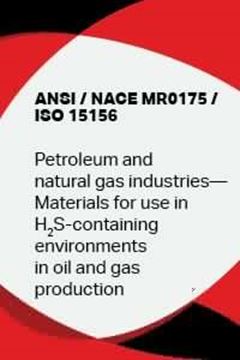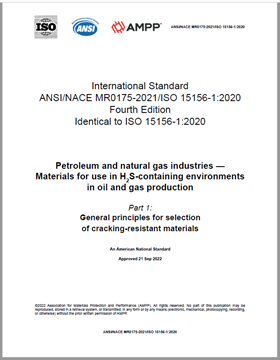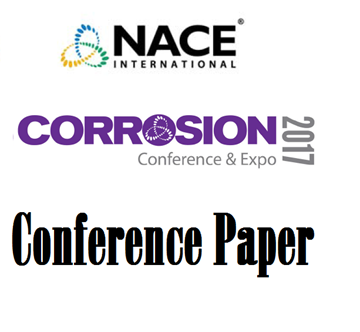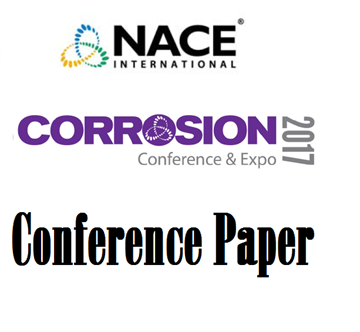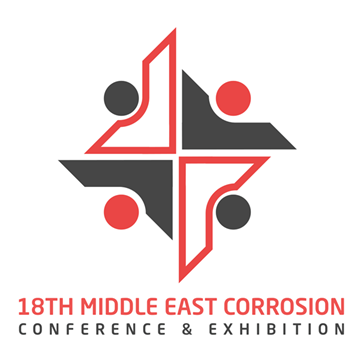Search
Products tagged with 'hydrogen sulfide'
View as
Sort by
Display
per page
ANSI/NACE MR0175/ISO 15156-2015
Product Number:
21307-SG
ISBN:
MR0175/ISO15156
Publication Date:
2015
$255.00
ANSI/NACE MR0175-2021/ISO 15156:2020
Product Number:
ANSI-NACE MR0175-2021
Publication Date:
2021
$495.00
ANSI/NACE MR0175-HD1998-SG Sulfide Stress Cracking Resistant Metallic Materials for Oilfield Equipment 1998
Product Number:
21302-HD1998
ISBN:
1-57590-021-1
Publication Date:
1998
$179.00
ANSI/NACE TM0284-2016, Evaluation of Pipeline and Pressure Vessel Steels for Resistance to Hydrogen-Induced Cracking
Product Number:
21215-SG
ISBN:
1-57590-163-3
Publication Date:
2016
$109.00
ANSI/NACE/ISO MR0103-HD2010, Materials Resistant to Sulfide Stress Cracking in Corrosive Petroleum Refining Environments
Product Number:
21305-HD2010
ISBN:
1-57590-168-4
Publication Date:
2010
$179.00
Calculation Of Surface Speciation On Mild Steel Under Applied Polarization
Product Number:
51321-16913-SG
Publication Date:
2021
$20.00
Chemical Resistance Of Epoxy Coatings In High Temperature And High Pressure And Aggressive Service Conditions.
Product Number:
51322-18028-SG
Publication Date:
2022
$20.00
Comparison of Laboratory Based H2S Scavenger Methodologies for Oil and Gas Production
Product Number:
51321-16503-SG
Publication Date:
2021
$20.00
Concerns Over Utilizing Aluminium Anodes in Sealed Environments
Product Number:
51317--8956-SG
ISBN:
8956 2017 CP
Publication Date:
2017
$20.00
Corrosion and Corrosion Products in a Sour Environment from 80°C to 200°C
Product Number:
51317--9084-SG
ISBN:
9084 2017 CP
Publication Date:
2017
$20.00
Corrosion Control and Integrity Management of Flare Gas Recovery Units
Product Number:
MECC23-20160-SG
Publication Date:
2023
$20.00

